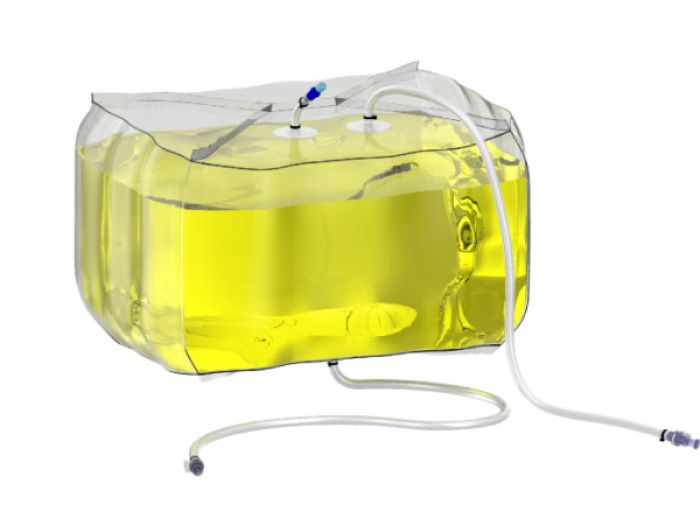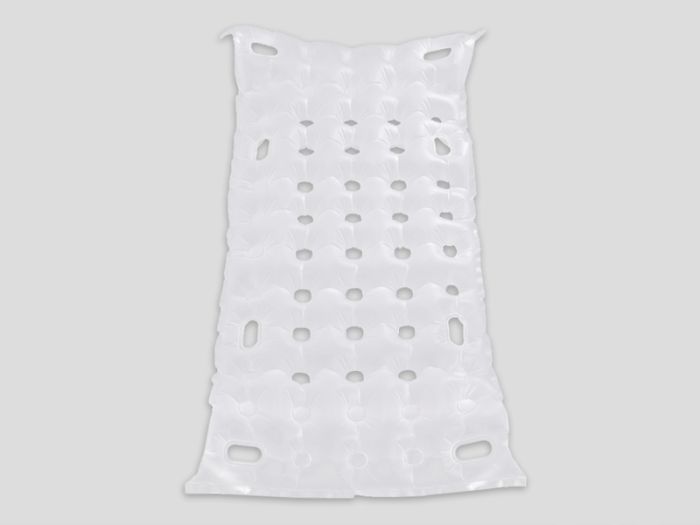Innovative applications of modern polymer materials in pocket manufacturing
1. Application of Traditional Film Materials in Ostomy Bags
1.1 PE (Polyethylene) Film
Example: A traditional PE film ostomy bag produced by a well-known medical device company has gained significant market popularity. This product uses low-density polyethylene (LDPE) as the primary material, offering excellent flexibility and chemical resistance, making it suitable for daily care. However, due to PE's limited barrier properties, patients requiring high wound protection may need more frequent bag replacements, increasing care complexity and costs.
1.2 PVC (Polyvinyl Chloride) Film
Example: Although PVC film once dominated ostomy bags due to its high barrier performance, its use has recently declined. For instance, after switching to PVC-free ostomy bags, a hospital observed a significant reduction in allergic reactions among patients. Medical staff also reported safer and more eco-friendly operations, reflecting the industry's growing emphasis on material safety and sustainability.
2. Innovative Applications of Modern Polymer Materials in Ostomy Bags
2.1 LLDPE (Linear Low-Density Polyethylene) Film
Example: An innovative medical device company introduced an LLDPE film ostomy bag manufactured using advanced blown film technology. This process enhances the film's tensile strength and tear resistance. A long-term ostomy patient reported minimal bag damage even during intense physical activity or accidental impacts, significantly reducing replacement frequency and care burden.
2.2 EVA (Ethylene-Vinyl Acetate Copolymer) Film
Example: A patient-centric medical brand incorporated EVA film into its premium ostomy bags. The material's exceptional softness and elasticity allow the bag to conform closely to skin contours, minimizing friction and discomfort. An elderly patient noted that compared to previous products, this design felt so natural it was almost unnoticeable.
2.3 EVOH (Ethylene-Vinyl Alcohol Copolymer) Film
Example: In advanced medical care, EVOH film is prized for its superior barrier properties. A hospital provided an EVOH-based ostomy bag to a patient with severe intestinal complications. Despite complex medical needs, the bag effectively prevented leakage and infection, markedly improving treatment outcomes and quality of life.
3. How Film Material Innovations Enhance Ostomy Bag Performance
3.1 Improved Barrier Properties
Example: As demonstrated by the EVOH case, high-barrier materials significantly prevent gas, liquid, and microbial penetration, ensuring safer patient care.
3.2 Enhanced Softness and Comfort
Example: EVA film's softness received high praise from users, as its skin-conforming design reduces irritation and improves comfort.
3.3 Increased Durability and Puncture Resistance
Example: LLDPE's high strength enables outstanding durability. Even in challenging environments, these bags maintain integrity, reducing accidental damage and care costs.
3.4 Eco-Friendliness and Sustainability
Example: Growing environmental awareness has spurred innovations like biodegradable or recyclable ostomy bags. One company's bio-based material product can decompose naturally or be recycled post-use, minimizing environmental harm.
Conclusion
Through these examples, it is evident that advancements in film materials not only improve ostomy bag performance but also deliver safer, more comfortable experiences for patients. As technology evolves and sustainability becomes a priority, film materials are poised to play an even greater role in the future of ostomy care.



